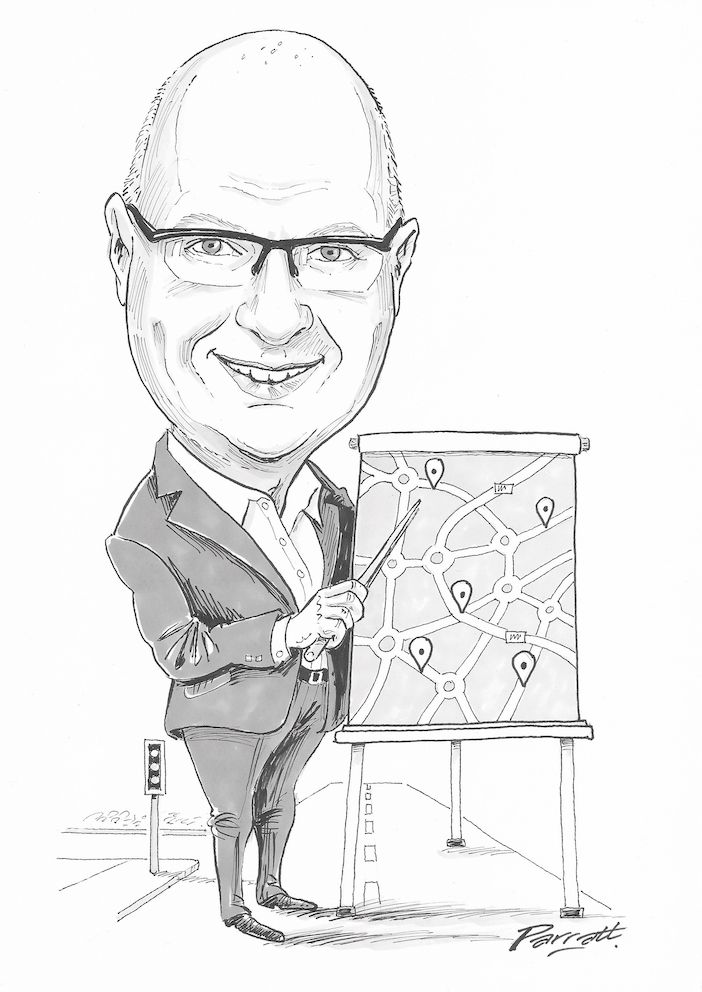Kirk Steudle, national transportation advisor with Steudle Executive Group and former director of Michigan DOT, sets out the pressing need for a collaborative approach to improving road safety
I advocate strongly for a culture of safety by implementing new performance-based practices and encouraging the deployment of innovative technologies. As infrastructure owners and operators (IOOs), we must work cooperatively to eliminate roadway fatalities and serious injuries.
“Adopting a shared responsibility strategy is vital for making gains in safer mobility”
Leveraging these ideas and supporting last year’s American Association of State Highway and Transportation Officials (AASHTO) 2023 Safety Summit, I’m continuing my push for improving safety through shared responsibility.
Shared responsibility is a collaboration between multiple entities performing different activities in pursuit of a larger objective. The contribution of each entity provides a distinct layer in the process but at some point, must share interoperability responsibility. For traffic management, this is like the different layers of a signalized intersection. The signals, controllers, sensors, and software solutions must work together to deliver the larger goal of a safe and efficient intersection.
The system perspective in all of this is critical. It’s so critical that the US is starting to adopt the Safe System Approach that has its origins in Sweden and the Netherlands. This approach realized at least a 50% reduction in roadway fatalities between 1994 and 2015 in Sweden and the Netherlands. What’s concerning is that during the same period, fatalities in the US decreased only by roughly 12%.
As I have mentioned here before, a holistic systematic approach to improving our infrastructure is necessary to make marked improvements. The Safe System Approach essentially moves the current responsibility for safety from the roadway users to the collective of mobility stakeholders – IOOs, automakers, transportation management product and solution providers, and roadway users. This helps establish a mindset for a loftier and more proactive strategy.
Fortunately, FHWA has outlined its own Safe System Approach. It identifies five elements of a mobility system that, when integrated holistically, should mirror the results in Sweden and the Netherlands:
- Safe road users: Safety for all road users must be equitable.
- Safe vehicles: Vehicles must be designed and regulated to minimize the frequency and severity of collisions.
- Safe speeds: Identify roadway speeds that minimize impact forces while providing safe navigation.
- Safe roads: Transportation infrastructure must be designed to optimize mobility and minimize crashes.
- Post-crash care: Safety for emergency first responders must be equitable.
I believe adopting a shared responsibility strategy, including the Safe Systems Approach, is vital for making substantial gains in safer mobility.
This article first appeared in the December 2023 edition of TTi magazine






